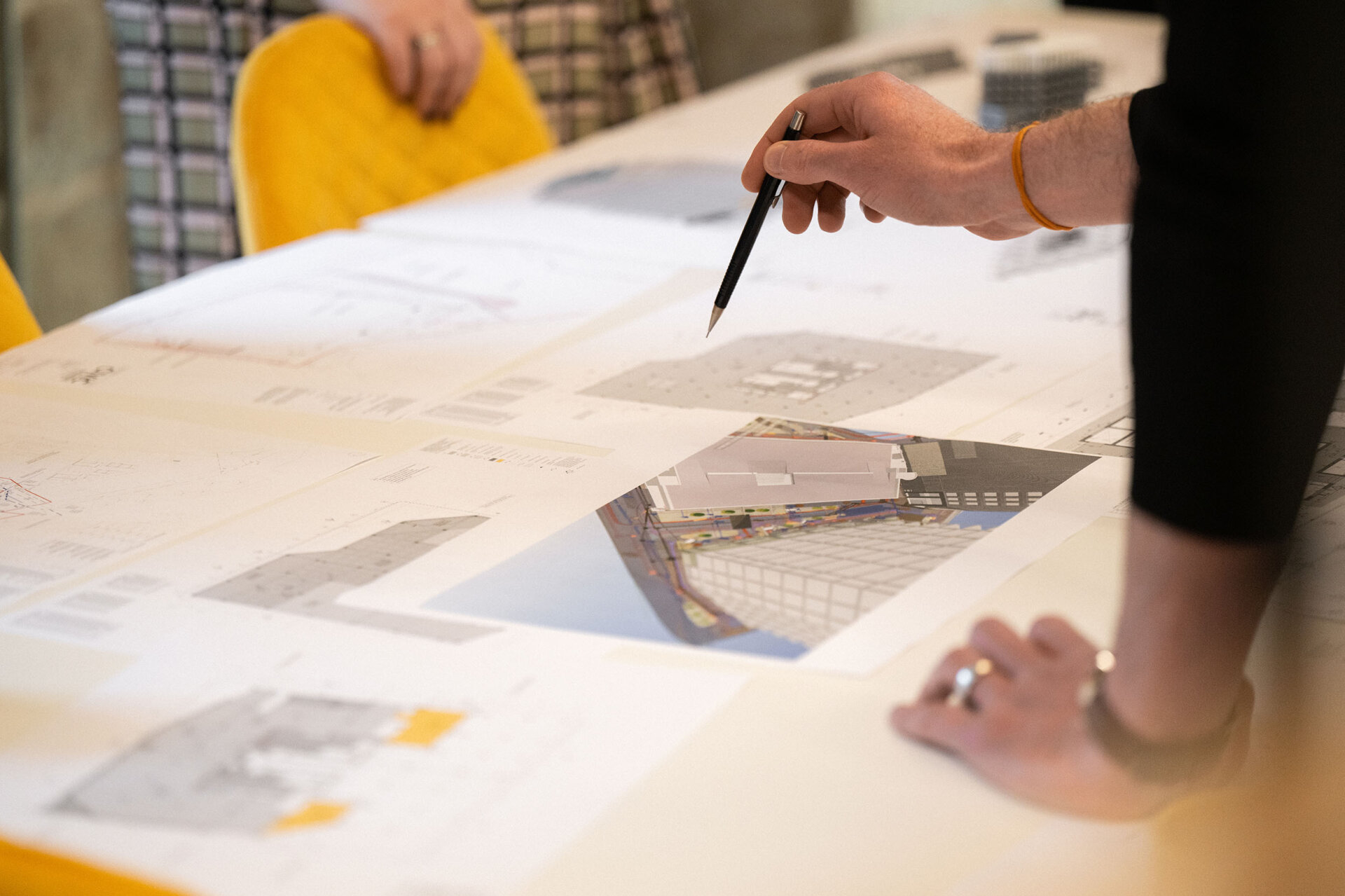What is a SAP rating?
What is a SAP Rating:
A SAP rating (Standard Assessment Procedure rating) is a government-approved measure of a home’s energy efficiency and carbon emissions. It’s a critical part of Building Regulations compliance for new dwellings in the UK (specifically Part L).
A SAP rating calculates how much energy a home uses for heating, hot water, lighting, and ventilation, and how much CO₂ it emits. The higher the rating, the more energy-efficient the home.
How it's scored:
The rating is given on a scale of 1 to 100+:
100 = Zero energy cost (i.e., energy-neutral)
Over 100 = Home generates more energy than it uses (net-positive)
Lower scores mean higher energy use and worse performance
It’s used to produce the EPC (Energy Performance Certificate) for the home.
You need a SAP assessment for:
All new build homes
Conversions (e.g., barns to houses, office to flats)
Some extensions (especially with large glazing areas)
What’s Included in a SAP Assessment?
Fabric performance (walls, roof, windows)
Heating and hot water system
Ventilation system
Lighting efficiency
Renewable technologies (solar PV, heat pumps, etc.)
Thermal bridging (psi-values, junctions)
Airtightness
Why It Matters:
Ensures compliance with Building Regulations (Part L)
Required for planning approval, Building Control sign-off, and EPCs
Helps inform design decisions to improve performance, cut energy bills, and reduce emissions
For suggestions aimed at developers to improve the SAP rating of a dwelling, please refer to our tips and advice section.
Why SAP Ratings Matter for Your Building Projects
Using our SAP rating service delivers tangible benefits beyond mere regulatory compliance
Save Valuable Time: Our efficient 7-day turnaround means no more project delays waiting for compliance documentation.
Avoid Costly Revisions: Early assessment identifies potential compliance issues before they become expensive problems.
Expert Guidance When Needed: Receive practical recommendations to achieve compliance without compromising your project vision.
Peace of Mind: Our BRE-approved methods ensure building control acceptance, eliminating the risk of rejected submissions.
Predictable Costs: Clear, transparent pricing based on property size means no surprise fees or hidden charges.

Part L1A Building Regulations
SAP calculations also form the compliancy route for domestic properties through Part L the Conservation of Fuel & Power Building regulation.
Calculating the Target Emission Rate (TER) and Dwelling Emission Rate (DER) for a dwelling involves the full utilisation of the SAP calculation method.
Clearly the SAP calculation and Part L compliancy involves several key areas in building design. As such it is critical for the architect, developer or surveyor to undertake the compliancy assessment at very early design stage to understand the requirements from day 1.
From early design drawings we can provide the SAP rating for the dwelling and also assess the compliancy with regards to PartL1A or L1B of the building regulations. This will avoid architects wasting hours developing working drawings to then find they have to change them to comply with PartL.
From this early assessment we will provide an outline specification of the building services and construction detail required (U-values, boiler efficiency, controls etc) to achieve compliancy.
The outline specification will not only enable you to show Part L compliancy to building control and confirm the architects working drawing detail, but also easily instruct the contractors on site with the Part L requirements.


Carver's Warehouse,
77 Dale Street,
Manchester, M1 2HG
Phone: +44 (0)161 228 6757
Mail: [email protected]
© 2025 Civic | All rights reserved